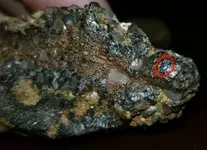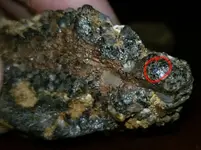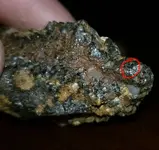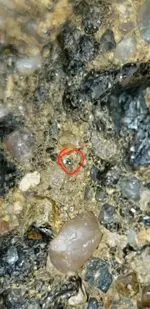JayG83
Jr. Member
I have read as much as I could and looked at every image on the internet...and yet I'm still not confident if these are diamonds. Why? Because for every precious gemstone, there are 10 other stones that look exactly the same. 😂 I know kimberlite, blue ground, natural erosion of diamonds, trigons, rubies and sapphire both being the same mineral...it's an insane amount of information, but I'm obsessed. I just need help from you all now!














